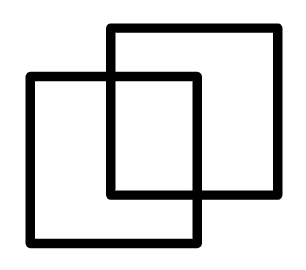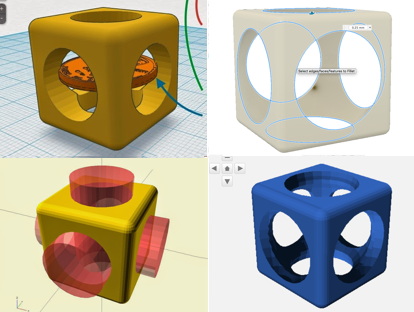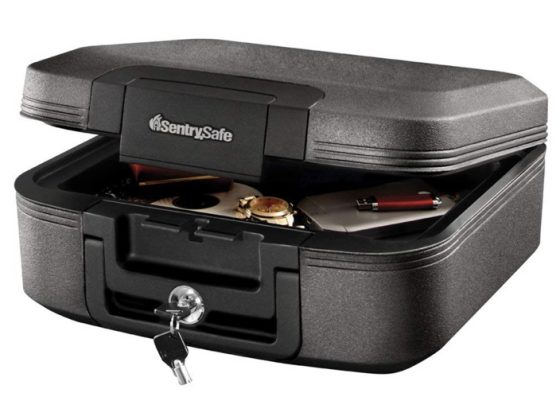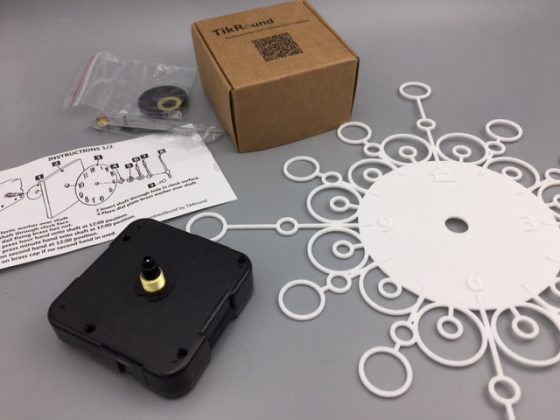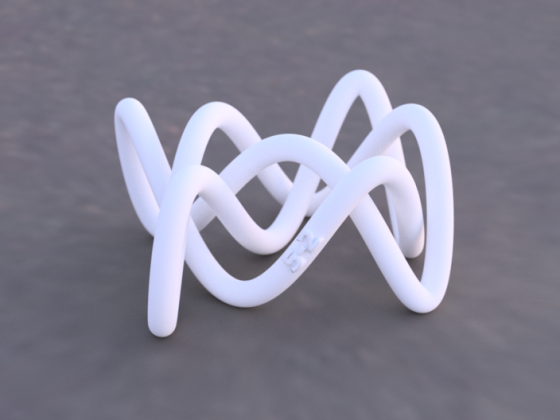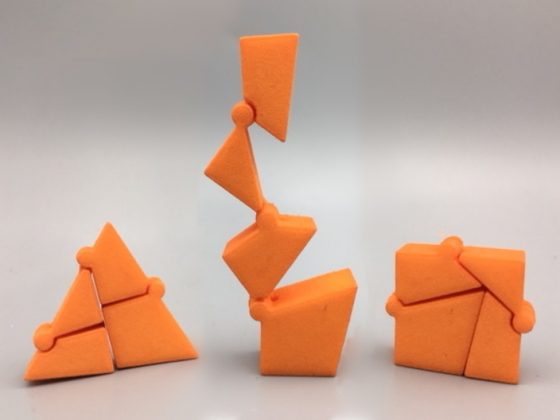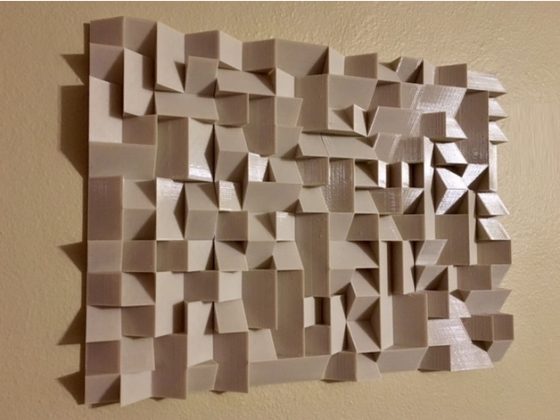Generating Random Mastery Quizzes with Nothing But LaTeX
https://mathgrrl.com/wp-content/uploads/2019/01/latex-1.jpg
1058
800
mathgrrl
https://secure.gravatar.com/avatar/de00911e0a27aa527aae53a60fc5b663?s=96&d=retro&r=g
What is Mastery Based Grading, why would you use it, and what’s the LEAST you can do to implement something effective? And how can we do it all in LaTeX…
